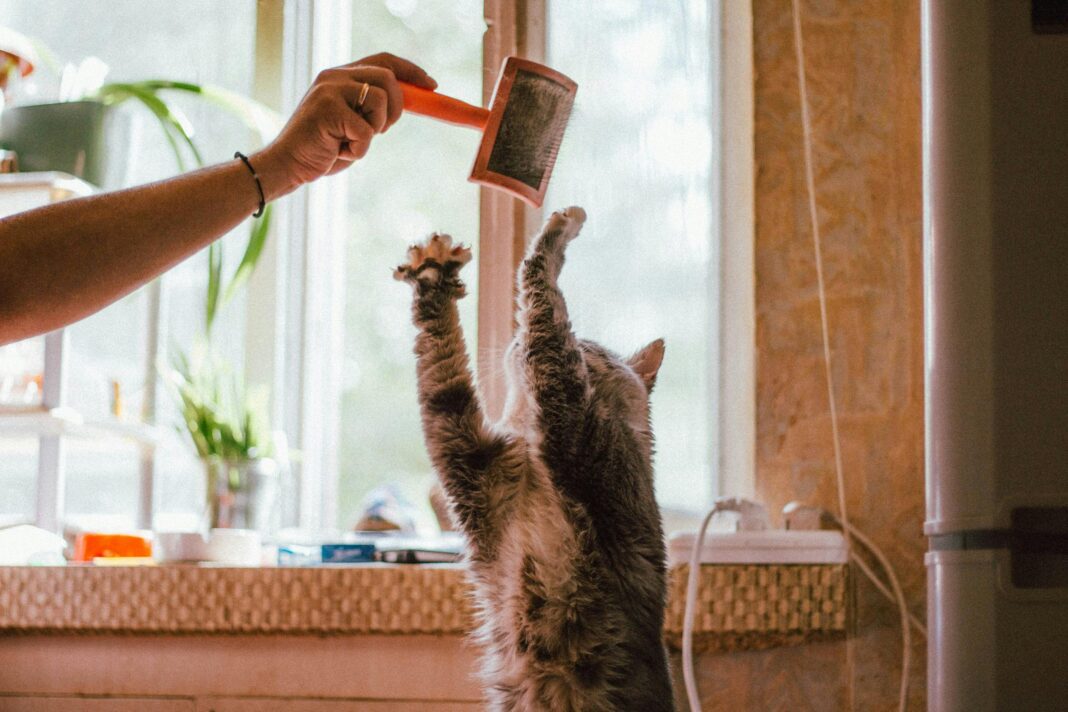Welcoming a kitten into your home is an exciting journey, but it also comes with responsibilities—especially when it comes to feeding. Nurturing your furry friend with the right nutrition is crucial for their health and well-being. In this guide, we will explore essential kitten feeding guidelines that ensure your feline companion grows strong and healthy.
Understanding Your Kitten’s Nutritional Needs
Age Matters
Kittens have different nutritional requirements based on their age. Here’s a quick breakdown:
-
Newborn to 4 weeks: Kittens should rely on their mother’s milk or a high-quality kitten milk replacer. They cannot eat solid food yet.
-
4 to 8 weeks: Begin introducing wet kitten food. Their teeth are developing, and they can start consuming soft food.
-
8 weeks and older: At this stage, your kitten can eat more solid food, including dry and wet commercial kitten food specifically formulated for their growing needs.
Key Nutrients for Kittens
Kittens require specific nutrients to ensure proper growth and development:
-
Protein: Essential for growth, muscles, and overall health. Look for a food with high-quality animal protein.
-
Fats: Provide energy and support brain development. Fats should make up about 20-30% of your kitten’s dietary intake.
-
Vitamins and Minerals: Important for bone growth and overall health. Ensure the food has a balanced range of vitamins and minerals, including calcium and phosphorus.
Importance of Hydration
Water is crucial for your kitten’s health. Kittens should always have access to fresh water. Some kittens may also benefit from wet food, which can increase their hydration levels.
Choosing the Right Kitten Food
Wet vs. Dry Food
Both wet and dry foods offer unique benefits:
-
Wet Food: High in moisture, which is beneficial for hydration. It often has higher protein content and more flavor, making it enticing for kittens.
-
Dry Food: Convenient, easier to store, and can help maintain dental health by reducing tartar buildup. However, ensure it is high in quality and nutrition.
Ingredient Quality
When selecting kitten food, look for:
-
Real ingredients: The primary ingredient should be a named meat (like chicken or turkey).
-
Nutritional adequacy statement: This indicates that the food meets the standards set by the Association of American Feed Control Officials (AAFCO).
-
No fillers or artificial preservatives: Avoid foods with excessive fillers or chemical additives.
Feeding Schedule and Portions
Establishing a Routine
Kittens thrive on routine. Here’s a suggested feeding schedule based on their age:
-
Under 4 months: Feed 3 to 4 meals a day.
-
4 to 6 months: Gradually reduce to 2 to 3 meals per day.
-
Over 6 months: Transition to 2 meals a day.
Portion Control
Follow the feeding guidelines on the food packaging to determine portion sizes. Monitor your kitten’s weight and adjust portions as needed. A balanced diet will contribute to healthy growth.
Monitoring Your Kitten’s Health
Signs of Proper Nutrition
Healthy kittens should display:
- Bright, clear eyes
- Shiny fur
- Energetic behavior
- A healthy appetite
What to Watch For
If your kitten exhibits any of the following signs, consult your veterinarian:
- Lethargy or lack of interest in food
- Vomiting or diarrhea
- Excessive weight gain or loss
- Visible signs of dental issues
These could indicate health problems that need immediate attention.
Transitioning Between Foods
When changing your kitten’s diet, do it gradually to prevent digestive upset. Follow these steps:
- Start by mixing a small amount of the new food with the current food—about 25% new food and 75% old food.
- Gradually increase the proportion of the new food over 7–10 days until your kitten is fully transitioned.
Treats and Supplements
Healthy Treats
Treats can be great for training and bonding, but they should only make up about 10% of your kitten’s daily caloric intake. Choose low-calorie and nutritious options, such as:
- Small pieces of cooked chicken or fish
- Store-bought kitty treats designed for young cats
Supplements
Consult your veterinarian before introducing any supplements. A balanced diet should provide the necessary nutrients for most kittens. However, in certain situations—like picky eaters or specific health concerns—a veterinarian might recommend specific supplements.
Tips for Feeding Your Kitten
-
Use shallow bowls: Kittens have small mouths and can struggle with deep bowls.
-
Keep food fresh: Store dry food in an airtight container to maintain freshness, and refrigerate opened cans of wet food.
-
Monitor feeding areas: Ensure feeding areas are quiet and free from distractions.
-
Encourage independence: Allow your kitten the freedom to feed at their own pace; avoid pressuring them.
By following these essential kitten feeding guidelines, you’ll provide the proper nutrition your little friend needs to grow into a healthy, happy cat. Investing time in understanding their dietary needs can lead to a lifelong bond filled with joy and companionship.





